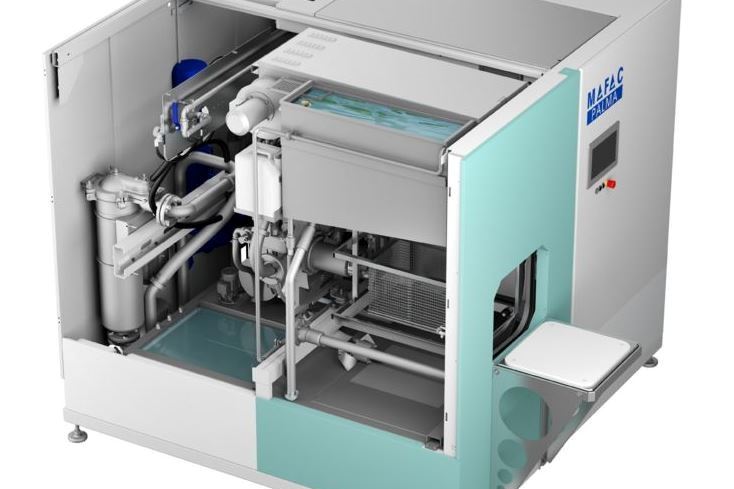The Cadmium Candle Problem: Author Rues Finishing Challenge
A recent Forbes article by Mitch Free addresses the problem of cadmium finishing. Free is the owner of ZYCI, a small manufacturing company that provides CNC machining, injection molding and 3D printing.
#additive-manufacturing
A recent Forbes article by Mitch Free addresses the problem of cadmium finishing. Free is the owner of ZYCI, a small manufacturing company that provides CNC machining, injection molding and 3D printing for a variety of industries, including aerospace and defense,
“One of the greatest metaphorical candle problems of the modern economy is cadmium plating,” he writes. “Cadmium has some unique physical properties that make it especially useful as a plating to protect precision-machined parts from corrosion. Once a machined part is expertly coated in cadmium, that part resists corrosion, is highly solderable and compatible with other metals, and requires little lubrication.”
Featured Content
However, he adds, “cadmium is also an extremely toxic compound, comparable to nuclear weapons in its capacity to poison people and render the environment uninhabitable. Over the past decade, numerous attempts by federal regulators to remove hazardous materials from the environment have targeted cadmium. Executive orders regulating its use have been enacted and revoked, and the Environmental Protection Agency and the Occupational Safety and Health Administration monitor its toxic and carcinogenic impacts on people, water, and soil.”
RELATED CONTENT
-
Ionic Liquid [BMPy]Br as an Effective Additive During Zinc Electrodeposition from an Aqueous Sulfate Bath
The effects of a new ionic liquid additive 1-butyl-3-methylpyridinium bromide [BMPy]Br on the electrodeposition of zinc on steel substrates from acidic sulfate solution was investigated by employing potentiodynamic polarization and cyclic voltammetry techniques complemented with XRD and SEM measurements.
-
Improvement of Corrosion Resistance of Magnesium by Anodizing in Alkaline Electrolytes
Results show that the novel organic additive reduced the sparking voltage and provided a relatively smoother surface.
-
Plating Additively Manufactured Plastic Parts
Using electroplating to enhance the structural properties of 3D printed parts.


















